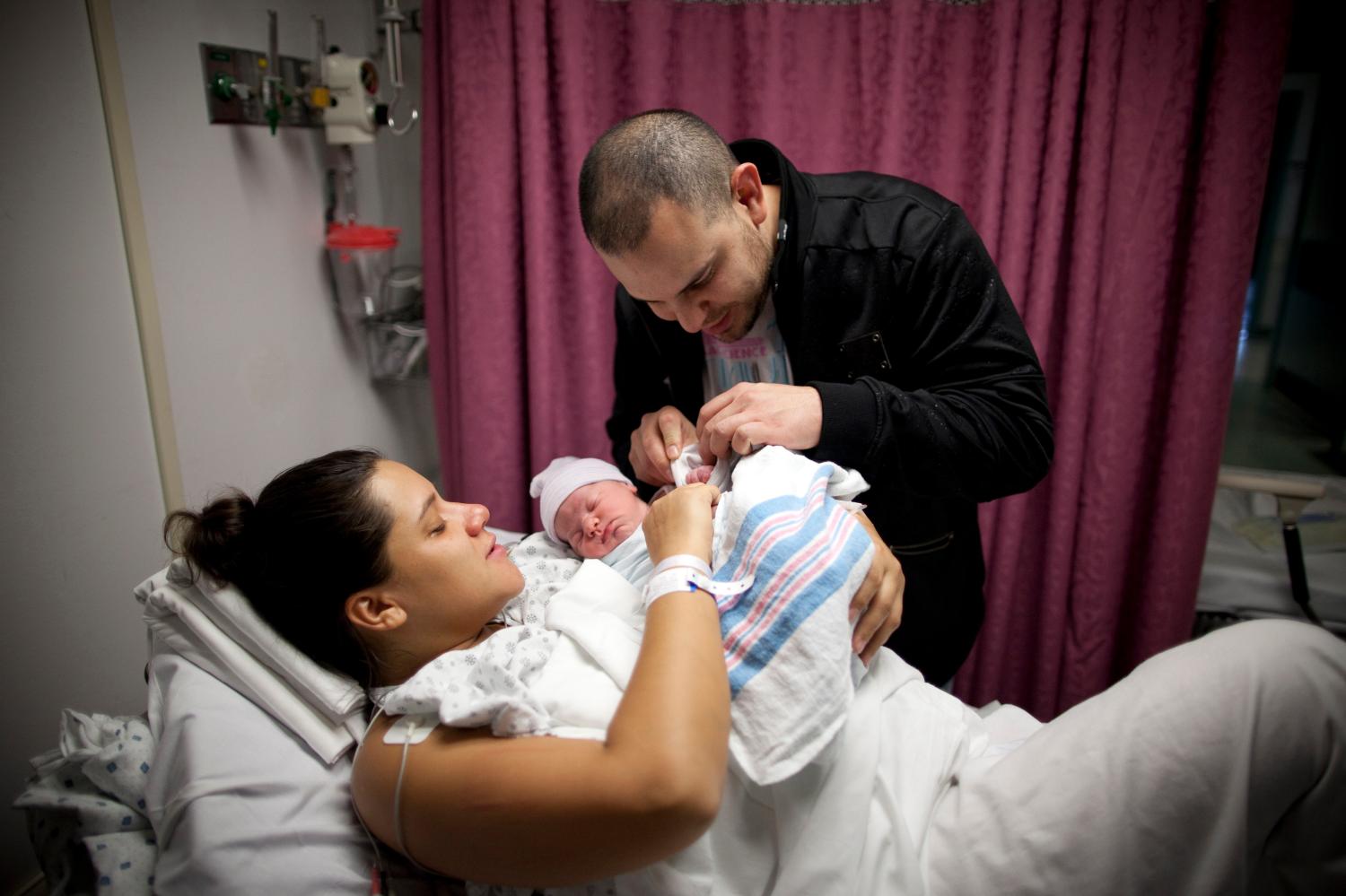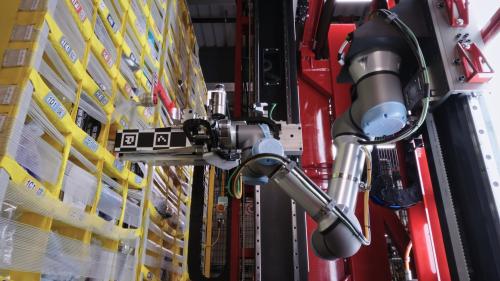Most scholarly discussions of social mobility focus on the question of the inheritance of income: in other words, how far the relative economic status of grown-up “children” (ages 38-45) compares to their parent’s status when they were young (i.e., parents observed from 1960-79). These studies tell us that overall mobility has not declined in recent decades, which is not surprising for an economy where income gains were widespread across the population and living standards rose across the distribution.
(We also know, however, that there’s lots of stickiness at both the top and bottom of the intergenerational matrix, so there is little cause for celebration here.)
Will Mobility Rise or Fall?
What of the future, though? A lot has changed since the 1970s, meaning that the intergenerational mobility of older baby boomers may look very different from that of Generation X, Millennials, younger baby boomers and the generation being born today
From my perspective, there are at least three sets of issues that matter for social mobility, all of which have changed in the decades since the 1970s:
- Parenting Skills. We are increasingly seeing a “parenting gap” or “diverging destinies” where parents at the top are able to spend both more and better time and more money on activities to promote their child’s educational and social development.
- Family Economic Resources. Top-quintile spending on a child’s enrichment is now many times greater than that of low-income parents’ spending.
- Social Institutions. As previous blog posts in this series have catalogued, there are growing class gaps, especially in family formation, neighborhoods, and education.
Act Now To Promote Mobility
It is no good waiting and hoping: we need to look at steps to take now to increase opportunity and mobility for the next generation. Looking forward in research about social mobility means looking at what factors are affecting today’s children’s chances at upward mobility. A life-cycle approach, such as the one adopted by the Brooking’s Social Genome Model, begins to do this by setting up markers of success—for example, being born to a non-poor, married mother, entering school appropriate skill levels, graduating high school—at each stage of life.
Mobility and Opportunity Are Not the Same, and We Need Both
More needs to be done to chart progress, not just towards increasing social mobility, but also towards greater opportunity. Opportunity and mobility are not necessarily interchangeable terms. Unequal opportunity and low intergenerational mobility are two related, but distinct social issues that we as a nation need to address. Increasing opportunity is not enough to improve mobility if we don’t also see more people both able and willing to take up these opportunities.
Similarly, without more opportunity, we will not see a systematic increase in mobility. Policymakers concerned about intergenerational mobility should be thinking both about how to create more opportunity and about how to make greater opportunity translate into more mobility.
The Brookings Institution is committed to quality, independence, and impact.
We are supported by a diverse array of funders. In line with our values and policies, each Brookings publication represents the sole views of its author(s).





Commentary
Social Mobility: Three Reasons To Worry About the Future
February 26, 2014